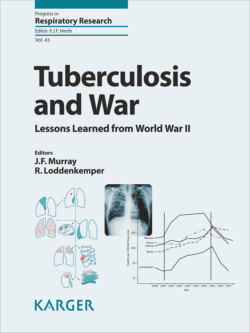Читать книгу Tuberculosis and War - Группа авторов - Страница 20
На сайте Литреса книга снята с продажи.
Prehistory
ОглавлениеLike virtually all vertebrate animals, interpersonal violence has been an integral, mostly spontaneous, component of ordinary hunter-gatherer’s prehistoric life. It would be interesting to know how the group’s interpersonal dynamics played out, but the band’s survival must have greatly depended on all members’ participation and teamwork. And it makes perfect sense. Presumably, hunter-gatherers functioned in small bands of 20–25 members and had considerable vacant space to forage in. If a hunter-gatherer band recognized that a rival gathering was in the vicinity, it seems unlikely that the 2 groups sought to kill everyone in sight; instead, they usually carefully avoided each other: that proved to be safer and healthier and, as far as we know, it probably helped everyone to stay alive and preserve the size of their bands.
Two rival hypotheses – one short and the other long – differ chiefly in the duration and intensity of late-Paleolithic, early-Holocene savagery, leading up to actual acts of warfare. But the idea of having both a short and a long incubation period leading to the buildup of warfare accommodates the fact that, first, the great majority of H. sapiens residing in Europe, India and surrounding countries, and throughout Asia made the successful transition during the early Holocene epoch from the foraging life of hunter-gatherers to one of farming and animal domestication – with a minimum of violence and practically no warfare [65]. And by contrast, second, several other countries – Australia, South America, North America, together with Paleoamericans and Alaskans, and New Guinea – practiced extreme violence, including the harvesting of scalps, skulls, long-bone trophies, and revenge killings, which lasted in some places until post-colonial years [66]. To summarize, each of the 2 “hypotheses” turns out to provide an apposite explanation for the different time courses of the transition from hunter-gathering to war.
